Categories
Latest Blog
What can the PM fiber be used for?
The applications of PM fibers include telecommunication, medicine, sensor and so on. The typical application is to use interference for measurement to ensure that the light propagating in the signal arm and reference arm of the interferometer is always recombined with the same polarization state, and the optical fiber is used to ensure the optical phase interference to prevent signal attenuation. If the conventional single-mode fiber is used, the polarization state of the light propagating in each arm will change independently with time, resulting in the decay of the reconstructed signal between the maximum and zero when the relative polarization state of the two waveforms changes in the range of 360 degrees.
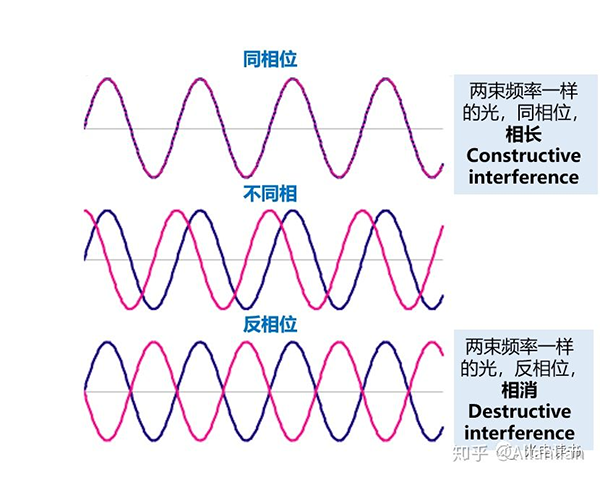
In summary, the basic principle of PMF releases its ability to be used in interferometers. So in the main application fields, it is related to interferometry.
Fiber optic gyroscope (FOG) is a kind of interferometric optical fiber sensor which has obtained great commercial success. In essence,FOG is a kind of rotation and speed sensor, which generally consists of three polarization maintaining fiber sensing rings, each ring corresponding to the required degree of freedom (in aircraft terms: roll, pitch and yaw). The light is simultaneously emitted to the fiber ends (two ends) of each sensing ring and recombined at the detector. If the sensor ring rotates, there will be a certain difference in the travel distance of the light in the two directions of internal transmission, and the Doppler frequency shift (Sagnac effect) will occur. As a result, the phase of the forward transmission beam and the backward transmission beam will be different, and the interference will be caused by the two coherent beams. It can be analyzed to determine the degree and rate of interference and rotation.
The basic design of fog aptly illustrates the main advantages of using optical fiber as intrinsic optical sensing element; optical fiber has light guiding and bending ability, so it can limit ultra long optical path to a small physical volume. These longer path lengths amplify relatively weak optical effects, making it possible to make very compact high-precision sensors. A typical fog sensing ring consists of 200 to 5000 meters of polarization maintaining fiber, which depends on the required accuracy performance. The current performance is enough to challenge the accuracy of laser gyroscope (laser gyroscope is used by Boeing aircraft).
On the other hand, the size of the gyroscope is shrinking. In 1920, the first demonstration of the basic principles of fog was carried out using free space optics, which were deployed over an area of several square kilometers. In contrast, the same measurement can now be made in a sensing ring smaller than the mouth of a tea cup.
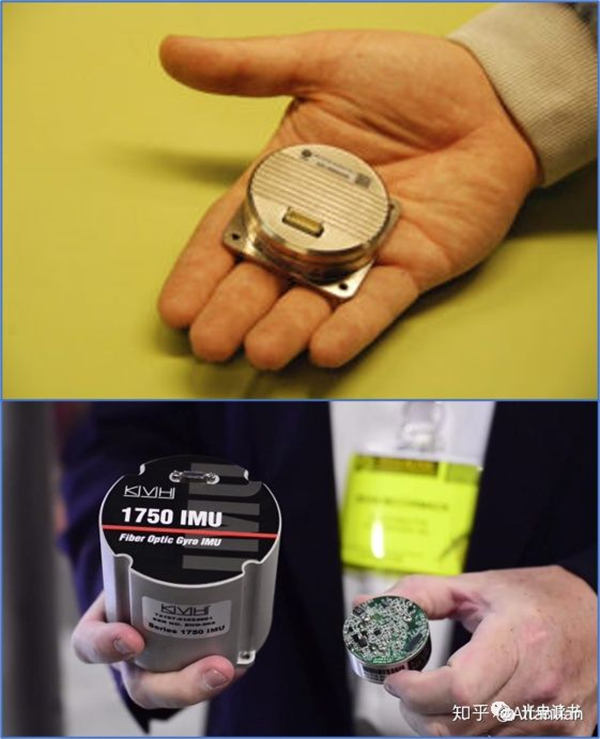
Since the earliest special fiber technology, polarization maintaining fiber has been used in the field of communication. Human beings are constantly pursuing high bandwidth, and the development of technology has driven higher symbol rate, more parallel channels, and high-order complex modulation technology. Nowadays, coherent optical communication has developed into a very large system, and there are a lot of advanced technologies in modulation, emission and coherent reception.

Communication technology is mainly signal transmission and reception. The basic principle of coherent optical communication: at the transmitter. The external optical modulation is used to modulate the amplitude modulation, phase modulation and frequency modulation of the signal to the optical carrier, and the signal is sent out through the back-end processing. After reaching the receiving end, it first goes through equalization processing, then enters the optical mixer to coherently mix with the optical signal generated by the local optical oscillator, and finally receives by the detector. In the early 1990s, with the emergence of erbium-doped fiber amplifier (EDFA) and the combination of dense wavelength division multiplexing (DWDM), a more effective method was formed. The general solution of high bandwidth transmission without repeater is gradually mature. To understand coherent optical communication in detail, we need to know a lot of related technologies and terms, such as I / Q demodulation, ook modulation, BPSK modulation, constellation, etc. the technology is still developing, and we need to learn this part together.
As a special technology, coherent communication is often used in applications that need to process a large amount of data in real time, especially in the deployment of military phased array radar.
Polarization maintaining fiber is used in signal processing of interferometric sensor and transmission or detection of conventional and coherent communication. Another important technology is integrated optics(IO).
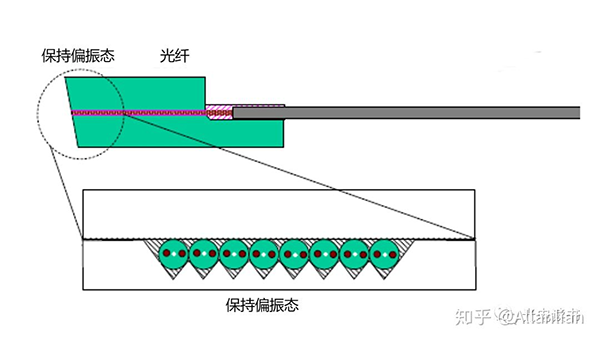
IO is most frequently encountered in LiNbO3 modulators used in telecommunication transmitters. A typical modulator consists of a lithium niobate chip in which titanium dioxide doped waveguides are diffused and gold electrodes are on both sides. The tail fiber of PMF can provide stable polarization state and align with the birefringence axis of the chip. The function of the device is based on Pockels effect. When a voltage is applied to the electrode, the refractive index of the substrate changes in proportion to the voltage. The final change of effective optical path length can be used to generate interference. According to the precise design of TiO2 Doped Waveguide, it can be manipulated to provide phase, frequency or amplitude modulation, and even switch optical power between channels.
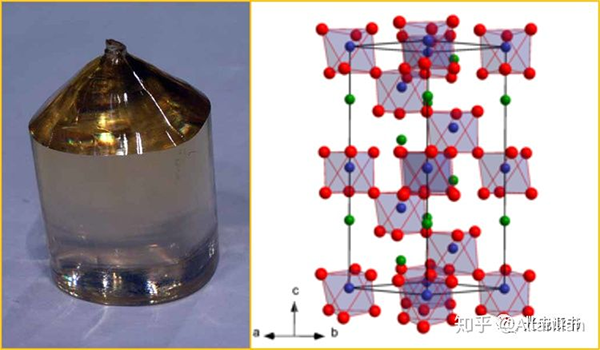
In many cases, the function of PMF is to provide flexible transmission system, which makes the weak optical signal processing possible. For example, laser Doppler anemometer (LDV) and laser Doppler anemometer (LDV) are non-contact technologies for velocity measurement. This technique is applied to air flow in wind tunnels and blood flow in veins and arteries. The velocity is determined by measuring the Doppler shift of light scattered from the fluid. In order to measure, the linearly polarized light from the laser source is divided into two equal components and transmitted to the measurement position through two polarization maintaining fibers with the same length.
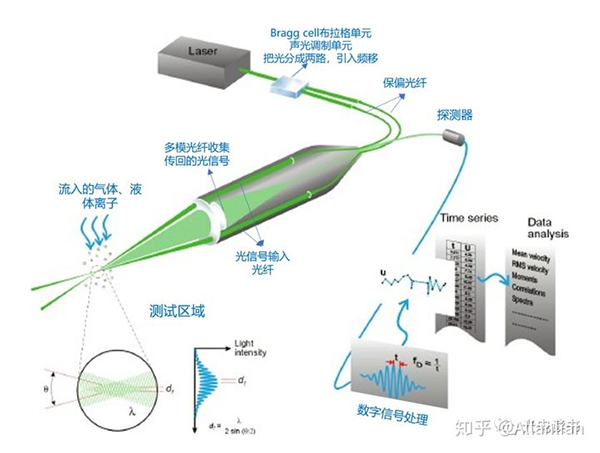
At the output of the PMF, the lens focuses two beams on a small point in the moving fluid. At this time, the two beams converge to form interference fringes. Small particles in the fluid scatter light from each beam at slightly different Doppler frequencies because they move relative to the two beam directions. Some of the scattered light will be collected by the multimode fiber with larger core diameter and transmitted to the photodetector. Here, the two frequencies are combined to form an instantaneous beat. The beat frequency is linearly related to the difference of Doppler frequency produced by each laser beam, and the linear relationship between beat frequency and particle velocity is determined, forming a whole test device.
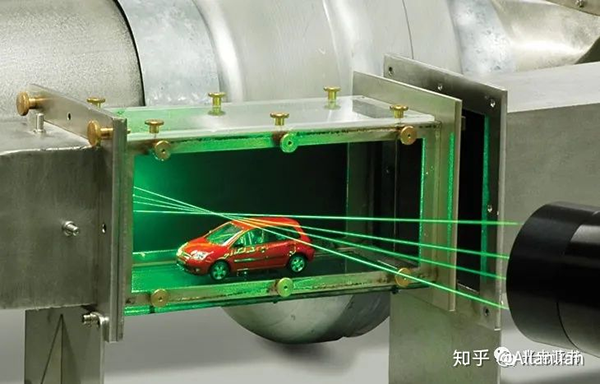
· The use of polarization maintaining fiber can realize the remote transmission of polarized light, which can be extended to other applications in the whole industry. With the development of telecommunication system architecture, EDFA is required to continuously increase its power output. In some designs, it is realized by polarization multiplexing of 980 nm or 1480 nm pump diodes. Similarly, the pump diode is wrapped in the PMF by the tail fiber to realize the polarization based scheme to suppress the back reflection.
Among the sensors, the Faraday effect current sensing industry has gradually developed. As a polarization device, the current sensor relies on transmitting a stable and known polarization state to the sensor head, and is usually realized by polarization maintaining fiber.
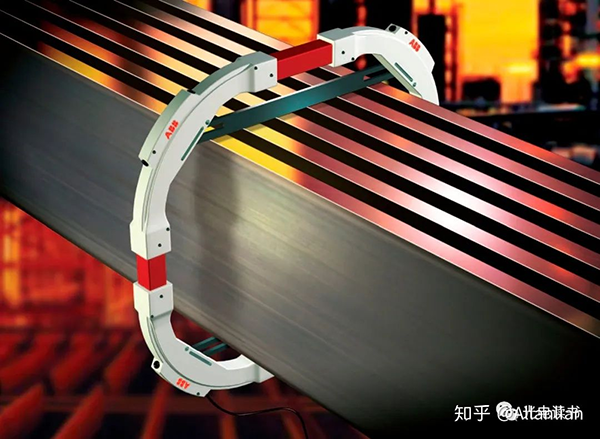
In medicine, patients with coronary heart disease are called "chronic total occlusion" (CTO), that is, the blood vessels are completely blocked. Doctors are using a special catheter or "guide wire" for diagnosis, which is known as OCT technology. The origin of OCT technology can be traced back to the optical low coherent reflectometry (OLCR) in the telecommunications industry in the late 1980s. OCT uses low coherence (broadband) light. Polarization maintaining fiber also plays an important role in it, which enables surgeons to distinguish the relationship between vascular wall and self obstruction by optical coherent reflection (OCR), which is conducive to safe resection.
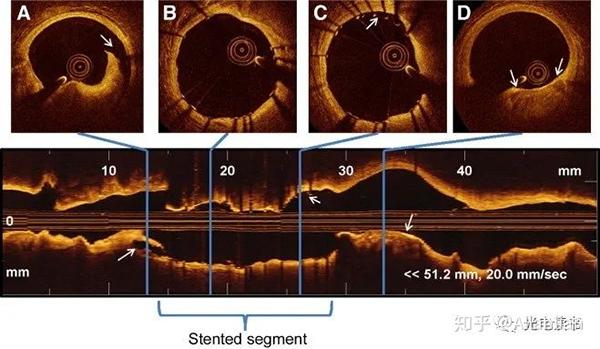
The application direction of polarization maintaining fiber is more and more extensive. Make good use of the advantages of optical fiber, driven by the Internet of things, there will be more meaningful applications. As mentioned in the chapter of fiber optic gyroscope technology, the fiber has both light conduction and bending properties, which can limit the ultra long optical path to a small physical volume and amplify the relatively weak optical effect, so as to make a very compact high-precision sensor.
We are the professional manufacturer of PM fiber fusion splicers, our S-12PM fiber fusion splicer is designed for PM fiber splicing, for more details, click here SHINHO S-12PM fiber fusion splicer.
© Copyright: SHINHO OPTICS LIMITED All Rights Reserved.